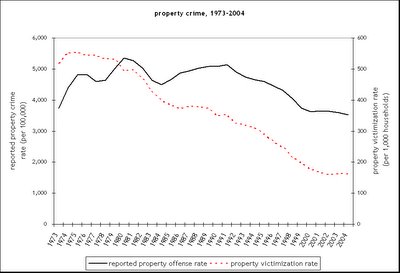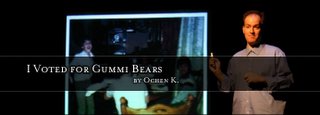i recently received an email from the homeland security institute, a federally funded interdisciplinary think tank for the department of homeland security. they did not ask me to keep the request confidential, so i’ll reproduce the main text here:
We are currently working on a project for the Science and Technology Directorate of the Department of Homeland Security, in which we are cataloging consequence assessment tools/methodologies/suites in an attempt to assess those that have homeland security applications. Political Consequences Methodology has been selected for inclusion into our report. Since this report impinges on matters of national security, we are attempting to make all information as accurate as possible. Would you be so kind as to fill in the table provided and return it to me at the email address below?
the questions in the table seemed designed for researchers who had developed software or other tools far beyond anything i’ve done (i.e., geographical information systems stuff). i had never thought of my felon voting project with jeff as having homeland security applications, so i don’t know why this project was selected. i just did my best with the table and returned it to the institute. the national science foundation funded the research and i’m glad to provide any information i can about it.
i’ve always sought to do “engaged” scholarship that would somehow be useful. once the work is public, however, i’m always surprised at how it is used. for example, the republican party in washington cited my work in challenging a closely-contested democratic victory. i’ve heard anecdotally that my study showing job training success among older ex-prisoners was used to cut funding for job training among younger ex-prisoners, which wasn’t quite what i’d intended. still, i’m happy as long as the work provides decent social facts that allow for better informed decisions, even if the outcome isn’t consistent with my preferences as a citizen. in this case, i’d like to think that the institute’s interests have something to do with protecting the integrity of national elections, though i can, of course, think of less virtuous reasons.
when i was just out of college, some of my other work was put to far-flung purposes. i was 22 and working in a madison social service agency when i helped develop software to track the employment and training experiences of people on public assistance. when wisconsin-style “welfare reform” went national, ibm and some locals tried to market the software to all sorts of organizations (including, as i recall, fire departments). i felt a little cheated that i didn’t get paid on that venture, since i was making about seven dollars per hour when i did the screen shots with the coders. to be fair, the ibm folks did buy me a nice lunch at pedro’s (mmm…chimi) and say nice things about me to my boss.

of course, i’m relieved i didn’t have to kill myself rewriting code to somehow satisfy the poor fire department that actually bought the software. i guess the lesson here is mostly caveat emptor for those using our research. still, public sociologists and criminologists would do well to heed warnings of caveat venditor as well.





